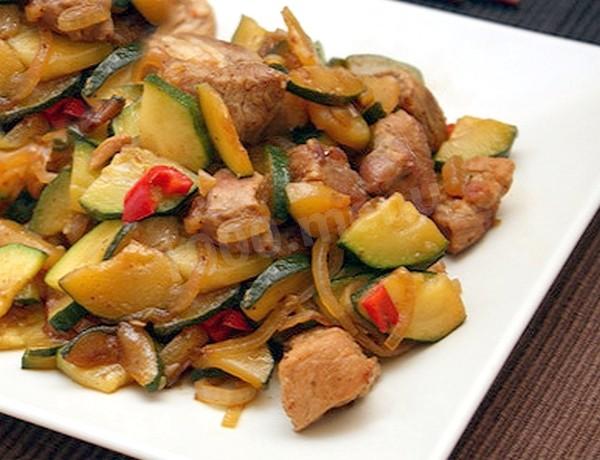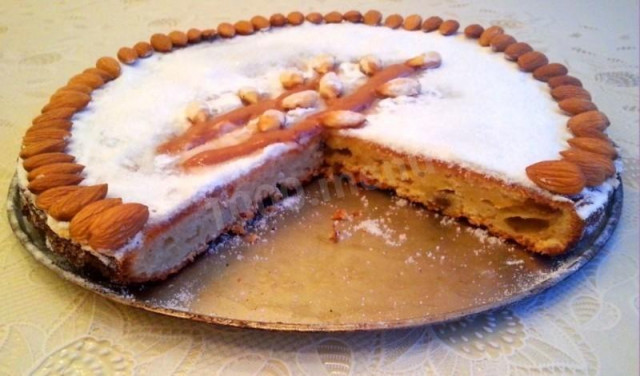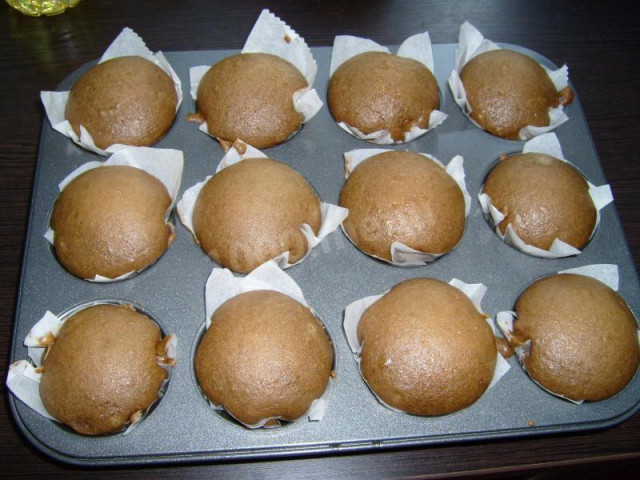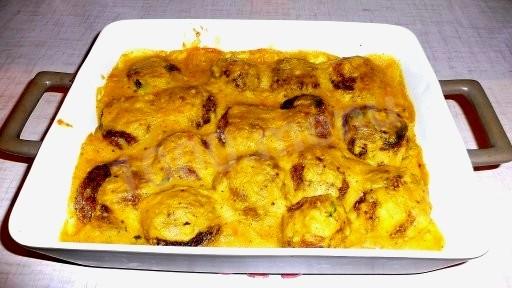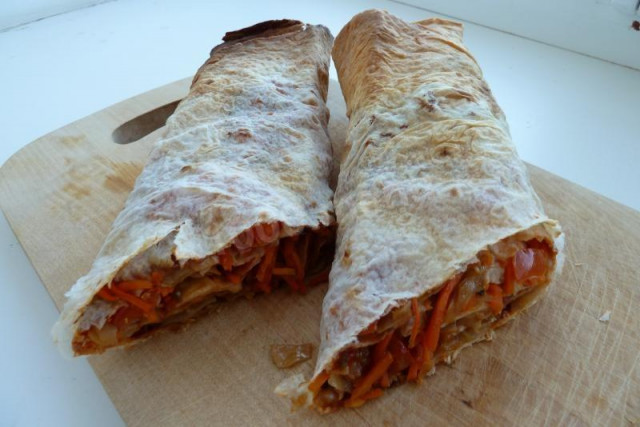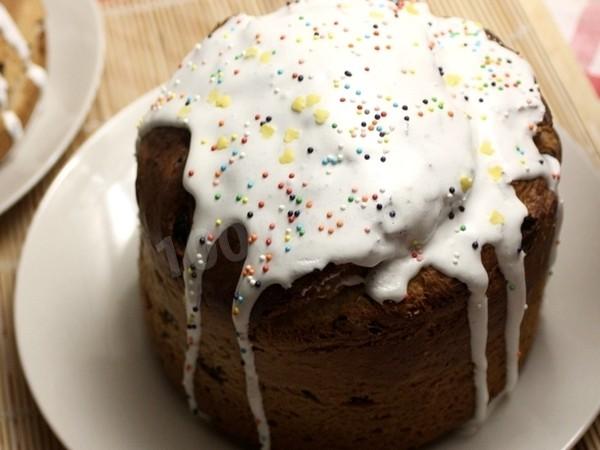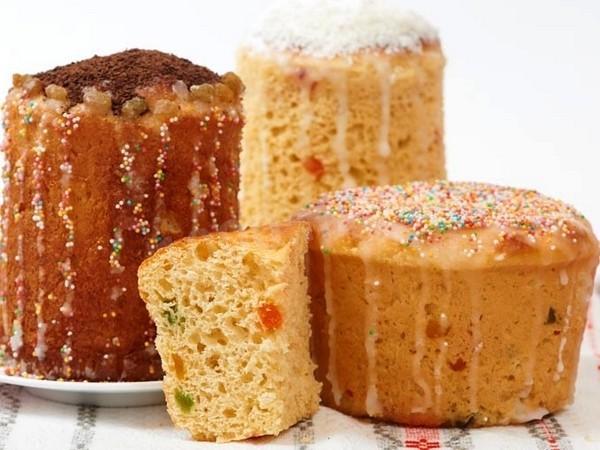Composition / ingredients
Cooking method
Sprinkle the tender fillet with salt and pepper, rubbing it into the meat. We clean a few cloves of garlic and press them down a little to extract a little juice. We put a frying pan on the fire, pour olive oil over the surface, and put, first of all, garlic cloves.
We give the pan about a minute to heat up, and then we shift the turkey. It will take 4 minutes to roast the meat, two on each side. We put the fried pieces on a baking dish in the oven.
We cut the quince peeled from the seeds into fractions. Remove the garlic from the pan, replacing it with pieces of quince. Fry as much as a turkey. We monitor the formation of a glossy crust on the fruit. D
We throw honey and butter into the quince. As soon as the honey quickly loses its density from heating, remove the frying pan from the stove. Add the quince rolled in honey and butter to the fillet in a baking dish. Pour all this white wine and sprinkle with fragrant seasonings.
We heat the oven to 180-degree temperature. Turkey with quince should last inside for almost an hour. Do not relax your vigilance, and periodically assess readiness by eye, as well as relying on a skewer. How exactly to present it to the dinner table is at the discretion of the cook.
Caloric content of the products possible in the composition of the dish
- Turkey carcass without skin - 161 kcal/100g
- Turkey of the II category - 194 kcal/100g
- Honey - 400 kcal/100g
- Garlic - 143 kcal/100g
- Quince - 40 kcal/100g
- Cinnamon - 247 kcal/100g
- Ground black pepper - 255 kcal/100g
- White wine - 78 kcal/100g
- Butter 82% - 734 kcal/100g
- Amateur unsalted butter - 709 kcal/100g
- Unsalted peasant butter - 661 kcal/100g
- Peasant salted butter - 652 kcal/100g
- Melted butter - 869 kcal/100g
- Sage - 315 kcal/100g
- Salt - 0 kcal/100g
- Olive oil - 913 kcal/100g

